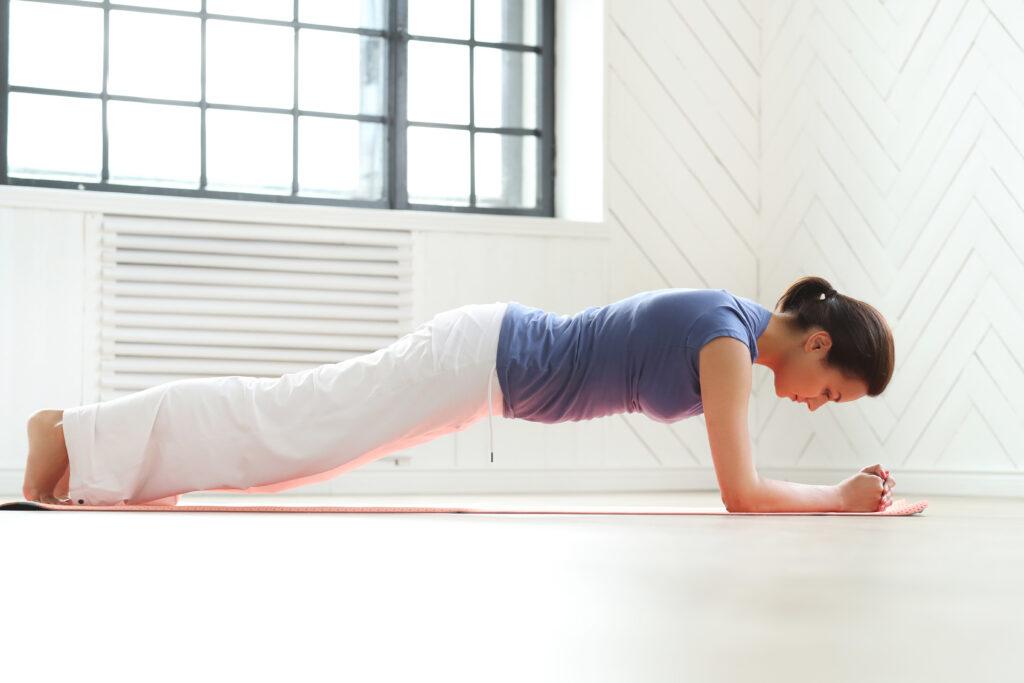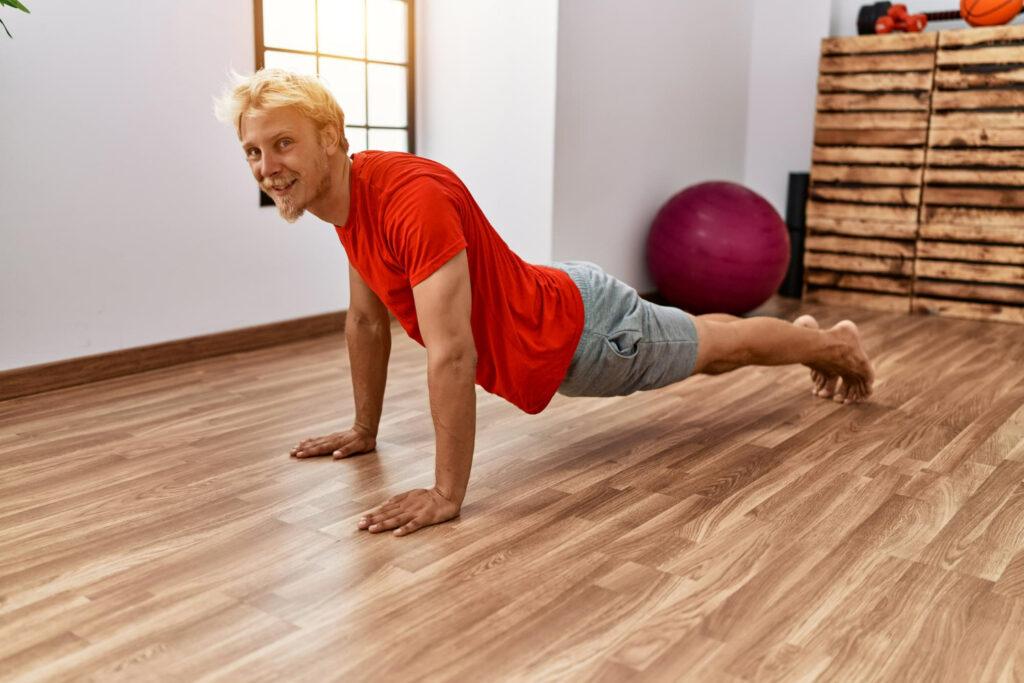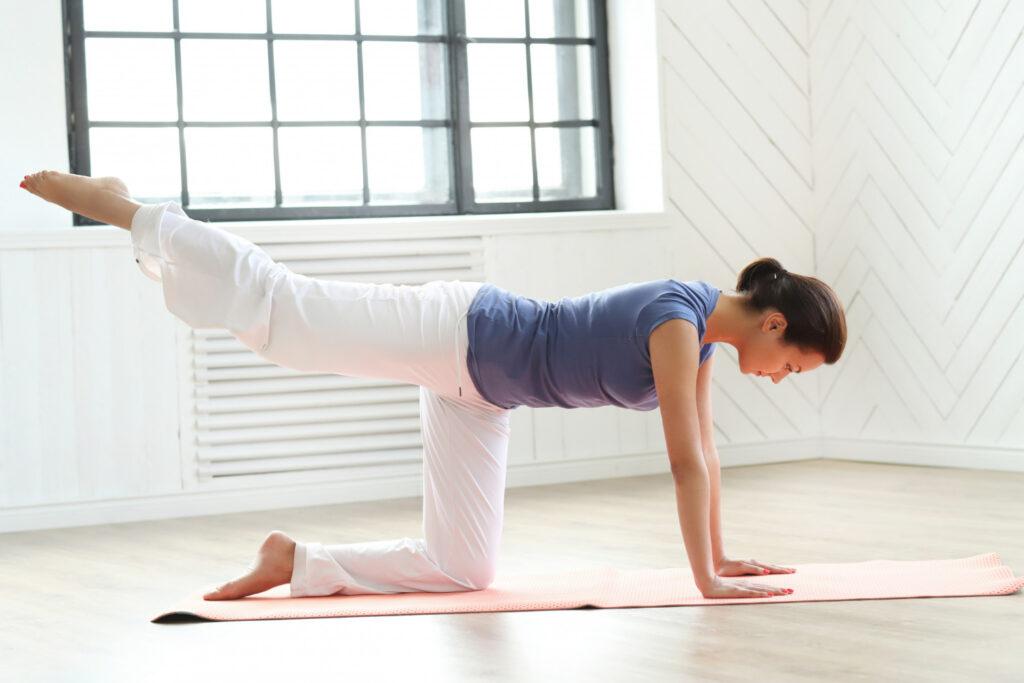What is Calisthenics?
Calisthenics, derived from the Greek words “kallos” (beauty) and “sthenos” (strength), is a form of exercise that uses body weight for resistance.
It encompasses a range of movements, including push-ups, pull-ups, squats, and lunges, aimed at enhancing strength, flexibility, and endurance.
Unlike traditional weightlifting, calisthenics requires minimal equipment, relying instead on gravity and body weight to build muscle and improve fitness.

Why is Calisthenics Popular?
Calisthenics has surged in popularity for several reasons.
Firstly, it is incredibly accessible; you don’t need a gym membership or expensive equipment.
Whether at home, in a park, or even in a hotel room, calisthenics can be performed anywhere, making it ideal for those with busy lifestyles or limited access to fitness facilities.
Additionally, calisthenics offers a functional form of fitness that translates well into daily activities, enhancing overall body coordination, balance, and mobility.
What are the Benefits of Calisthenics?
1. Improves Strength and Muscle Definition
Calisthenics effectively builds strength and muscle definition by utilizing compound movements that engage multiple muscle groups simultaneously.
Exercises like pull-ups, push-ups, and dips target the upper body, while squats and lunges focus on the lower body, promoting balanced muscle development and increased muscular endurance.
2. Increases Flexibility and Mobility
Dynamic stretches and full range-of-motion exercises intrinsic to calisthenics improve flexibility and joint mobility.
Movements such as deep squats and lunges stretch the muscles while strengthening them, reducing the risk of injuries and enhancing overall functional fitness.
3. Can Be Done Anywhere, Anytime
One of the standout benefits of calisthenics is its versatility. With no need for specialized equipment, workouts can be adapted to any environment, making it a convenient and cost-effective fitness solution.
This flexibility ensures that you can maintain your fitness routine regardless of location or circumstances.

What are the Common Mistakes People Make When Doing Calisthenics?
1. Not Focusing on Proper Form and Technique
One of the most prevalent mistakes in calisthenics is neglecting proper form and technique. Poor form not only diminishes the effectiveness of the exercises but also increases the risk of injury.
For example, performing push-ups with improper hand placement or body alignment can strain the shoulders and lower back.
To avoid this, it is crucial to learn the correct technique for each exercise and to perform them mindfully, ensuring that each movement is controlled and precise.
2. Neglecting Progression and Overtraining
Another common error is failing to incorporate progression in workouts or, conversely, pushing too hard too quickly. Calisthenics relies on progressively challenging the muscles to build strength and endurance.
However, without a structured plan that gradually increases the intensity of the exercises, individuals risk plateauing or, worse, overtraining.
Overtraining can lead to burnout, decreased performance, and increased susceptibility to injuries.
3. Not Incorporating Enough Variety
Sticking to the same set of exercises without incorporating variety can hinder progress and lead to muscle imbalances. The body adapts to repetitive movements, reducing the effectiveness of the workouts over time.
By incorporating a diverse range of exercises and variations, you can ensure that all muscle groups are adequately challenged and that workouts remain engaging and effective.
4. Skipping Warm-Ups and Cool-Downs
Many people overlook the importance of warm-ups and cool-downs in their fitness routines. Skipping these crucial components can lead to muscle stiffness and a higher risk of injuries.
Warm-ups prepare the body for physical activity by increasing blood flow to the muscles and enhancing joint flexibility, while cool-downs aid in muscle recovery and reduce post-exercise soreness.
5. Not Listening to Your Body and Pushing Too Hard
Ignoring the body’s signals and pushing through pain or fatigue is a significant mistake that can lead to serious injuries.
While it is important to challenge oneself, it is equally important to recognize the difference between discomfort and pain.
Listening to your body and allowing adequate rest and recovery time is essential for long-term success in any fitness regimen.

How to Avoid These Mistakes and Maximize Your Calisthenics Workouts?
1. Educate Yourself on Proper Form and Technique
To ensure that you are performing exercises correctly, take the time to educate yourself on proper form and technique. There are numerous resources available, including instructional videos, fitness apps, and expert-led classes, that can guide you.
Additionally, consider seeking advice from a certified fitness trainer who can provide personalized feedback and corrections.
2. Follow a Structured Training Plan with Progression
Developing a structured training plan that incorporates gradual progression is key to avoiding plateaus and overtraining.
Start with basic exercises and gradually increase the difficulty by adjusting the number of repetitions, sets, or incorporating more advanced variations.
This approach will help you build strength and endurance safely and effectively.
3. Incorporate Different Types of Exercises and Equipment
Variety is crucial in a successful calisthenics routine. Incorporate a mix of exercises that target different muscle groups and challenge your body in various ways.
Additionally, consider using minimal equipment such as resistance bands, pull-up bars, and parallettes to add variety and intensity to your workouts.
This not only keeps your routine interesting but also ensures balanced muscle development.
4. Always Warm-Up and Cool-Down Properly
Never skip warm-ups and cool-downs. A proper warm-up should include dynamic stretches and movements that gradually increase your heart rate and prepare your muscles for the workout ahead.
Similarly, a cool-down should involve static stretches and low-intensity exercises to help your body recover and reduce muscle soreness.
5. Listen to Your Body and Take Rest Days as Needed
Understanding your body’s limits and signals is crucial for preventing injuries and promoting long-term fitness. Incorporate rest days into your training plan to allow your muscles to recover and grow.
If you experience pain or excessive fatigue, take a step back and assess your training intensity and technique. Remember, progress is made during recovery, not just during the workouts.

Final Thoughts and Wrapping Up
Calisthenics is a powerful and versatile form of exercise that can help you achieve a high level of fitness without the need for expensive equipment or gym memberships.
However, to reap the full benefits and avoid common pitfalls, it is essential to focus on proper form and technique, follow a structured progression plan, incorporate variety into your workouts, and listen to your body’s signals.
By avoiding these common mistakes and implementing best practices, you can maximize your calisthenics workouts and achieve your fitness goals safely and effectively.
In the world of fitness, the journey is just as important as the destination. Approach your calisthenics routine with mindfulness, dedication, and a willingness to learn, and you will not only build a stronger, more flexible body but also cultivate a deeper appreciation for the art of movement.
